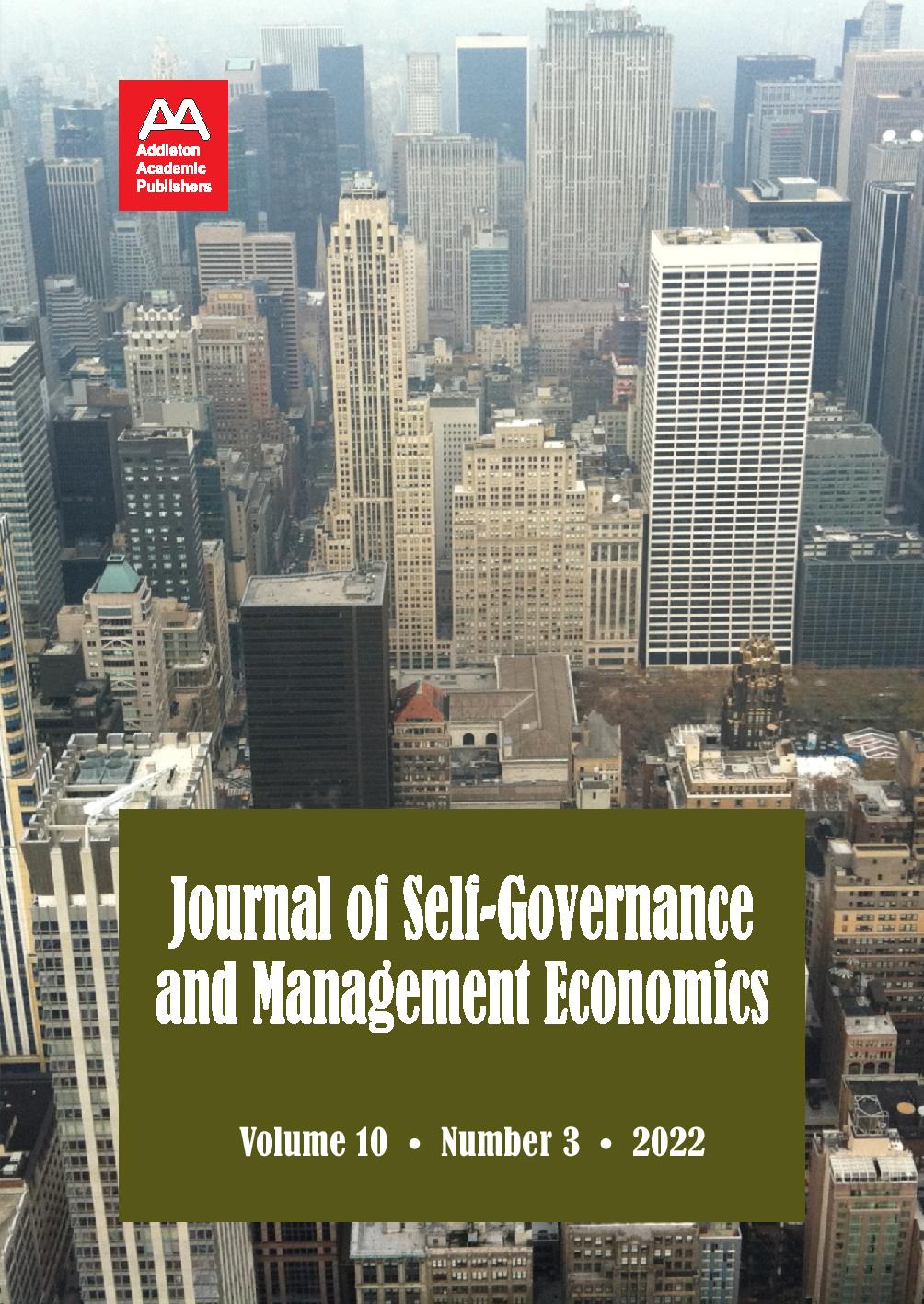Extended Reality and Geospatial Mapping Technologies, Behavioral Predictive and Mobile Location Analytics, and Motion Planning and Object Recognition Algorithms in Immersive Hyper-Connected Virtual Spaces
Extended Reality and Geospatial Mapping Technologies, Behavioral Predictive and Mobile Location Analytics, and Motion Planning and Object Recognition Algorithms in Immersive Hyper-Connected Virtual Spaces
Author(s): James PerkinsSubject(s): Business Economy / Management
Published by: Addleton Academic Publishers
Keywords: extended reality; geospatial mapping; behavioral predictive and mobile location analytics; motion planning; object recognition; immersive hyper-connected virtual space
Summary/Abstract: The purpose of this study is to examine 3D immersive content across the interconnected metaverse. In this article, I cumulate previous research findings indicating that immersive virtual shopping requires predictive analytics and computer vision-based systems in relation to consumption patterns and buying habits across customer journey. I contribute to the literature on immersive metaverse experiences achieved through automated speech recognition and data visualization tools, consumer analytics, and eye-tracking technologies by showing that customer behavior analytics deploys user identification technology and engagement tools, real-time sensor data, metaverse capabilities in a blockchain-based virtual world. Throughout June 2022, I performed a quantitative literature review of the Web of Science, Scopus, and ProQuest databases, with search terms including “immersive hyper-connected virtual spaces” + “extended reality and geospatial mapping technologies,” “behavioral predictive and mobile location analytics,” and “motion planning and object recognition algorithms.” As I inspected research published in 2022, only 226 articles satisfied the eligibility criteria. By removing controversial findings, outcomes unsubstantiated by replication, too imprecise material, or having similar titles, I decided upon 49, generally empirical, sources. Data visualization tools: Dimensions (bibliometric mapping) and VOSviewer (layout algorithms). Reporting quality assessment tool: PRISMA. Methodological quality assessment tools include: AXIS, Dedoose, MMAT, and SRDR.
Journal: Journal of Self-Governance and Management Economics
- Issue Year: 10/2022
- Issue No: 3
- Page Range: 23-29
- Page Count: 17
- Language: English
- Content File-PDF

